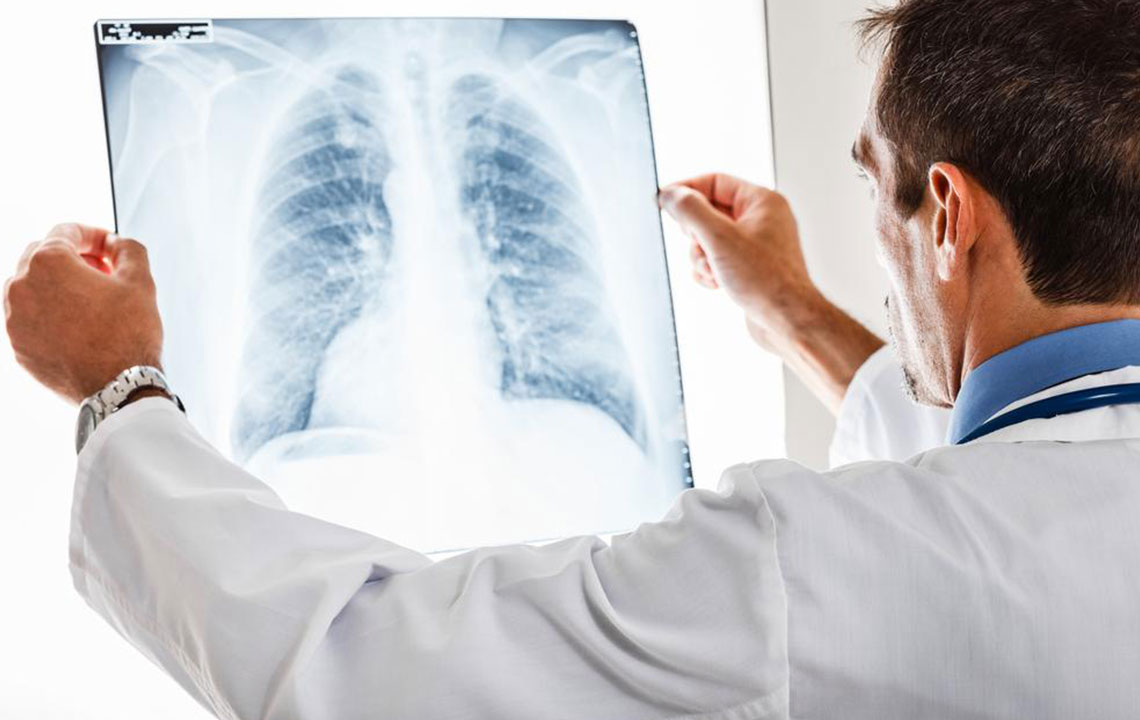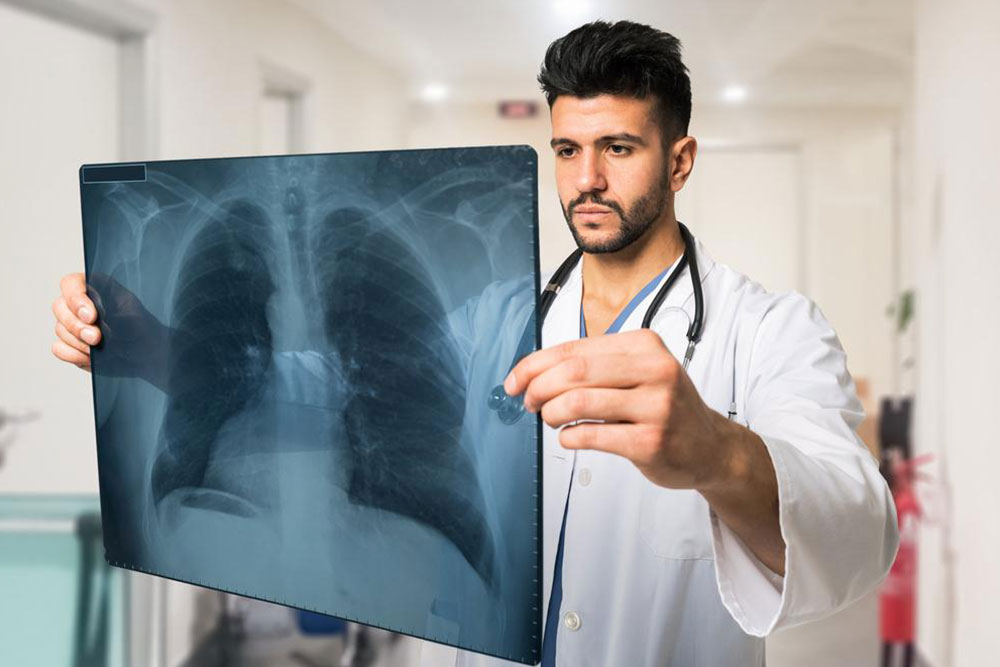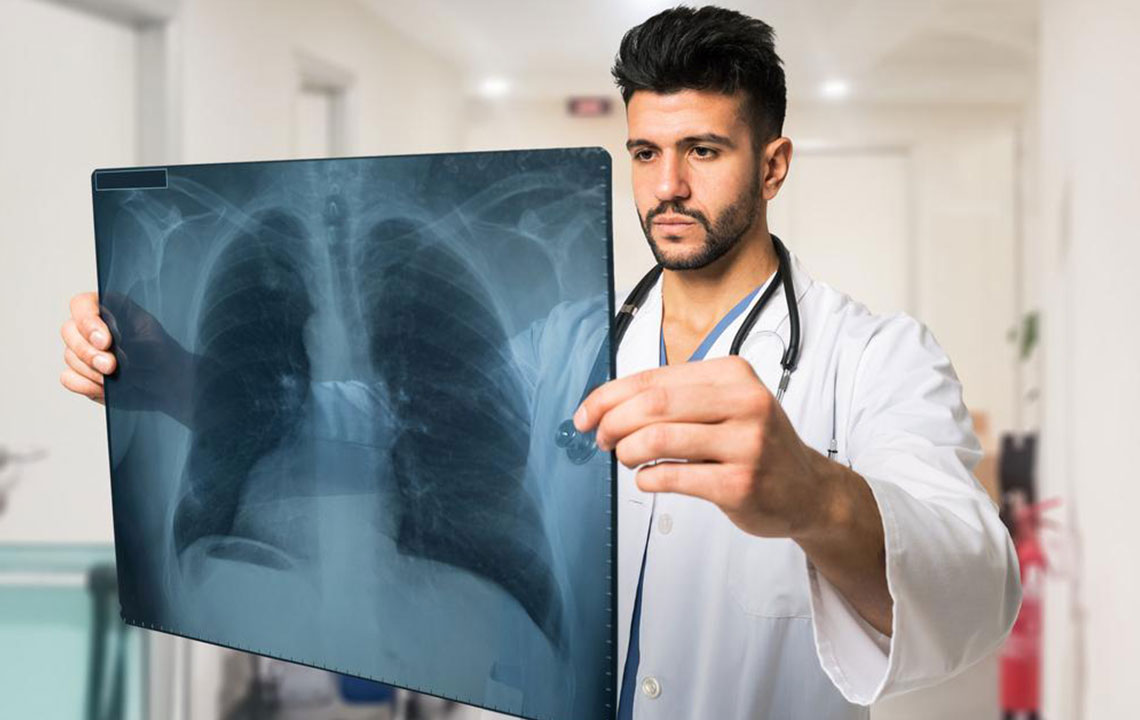Comprehensive Guide to Pulmonary Embolism: Causes, Symptoms, and Effective Treatments
This comprehensive guide explores pulmonary embolism, detailing its causes, symptoms, and treatment options. Learn how blood clots form, recognize early warning signs, and understand the latest medical interventions. Proper awareness and prompt response are essential to reduce risks and save lives in this potentially life-threatening condition.

Understanding Pulmonary Embolism: Causes, Signs, and Treatment Options
Pulmonary embolism (PE) is a serious medical condition that can arise suddenly and pose life-threatening risks if not diagnosed and treated promptly. It occurs when a blood clot, typically originating from deep veins in the legs or pelvis, travels through the bloodstream and lodges in one of the pulmonary arteries in the lungs. This blockage hampers normal blood flow, leading to reduced oxygen delivery to the lungs and, potentially, to the entire body. The condition requires immediate medical attention to prevent severe complications, including death.
Understanding the root causes of PE is crucial for both prevention and early intervention. Most pulmonary embolisms originate from deep vein thrombosis (DVT), a condition where blood clots form in deep veins of the legs, thighs, or pelvis. These clots can break loose and travel via the bloodstream, a process known as embolization. Several risk factors predispose individuals to DVT and PE, including prolonged immobility—such as bed rest, long flights or car rides, and recovery periods post-surgery or illness. Additionally, health conditions like cancer, certain genetic clotting disorders, obesity, smoking, and hormonal therapies can elevate the risk.
Symptoms of pulmonary embolism can vary widely, depending on the size of the clot and the extent of blockage. Common warning signs include sudden shortness of breath that worsens with exertion, chest pain described as sharp or stabbing that may worsen with deep breaths or coughing, rapid heartbeat, and a feeling of anxiety. Some patients experience a bluish tint to the skin and lips, known as cyanosis, due to lack of adequate oxygen. Coughing up blood, dizziness, or fainting can also occur in more severe cases. Recognizing these signs early is critical because PE can progress rapidly and become fatal if untreated.
Diagnosing pulmonary embolism involves a combination of clinical evaluation, patient history, and diagnostic imaging. Doctors often utilize tests such as computed tomography pulmonary angiography (CTPA), ventilation-perfusion (V/Q) scans, ultrasound of the legs, or blood tests like D-dimer to confirm the presence of a clot. Once diagnosed, treatment aims to restore blood flow, prevent new clot formation, and reduce the risk of complications.
Therapeutic options for PE primarily include anticoagulant medications, which prevent further clot growth and facilitate gradual clot dissolution. Commonly used agents include heparin administered intravenously or subcutaneously, followed by oral anticoagulants such as warfarin or newer direct oral anticoagulants (DOACs) like rivaroxaban, apixaban, or edoxaban. In cases of massive PE causing hemodynamic instability, thrombolytic therapy — which involves clot-dissolving drugs — may be administered. For persistent or recurrent clots, surgical removal (embolectomy) or catheter-based procedures might be necessary.
Preventing pulmonary embolism is equally important and involves lifestyle adjustments and medical strategies. Staying active, especially during long periods of immobility such as travel, helps promote healthy blood circulation. Wearing compression stockings and taking blood thinners before and after surgery can also reduce the risk of clot formation. Regular check-ups and timely management of risk factors like obesity, smoking, or hormonal therapies contribute significantly to prevention efforts.
In conclusion, pulmonary embolism is a formidable health threat where early recognition and prompt treatment can significantly improve outcomes. Awareness of symptoms like sudden shortness of breath, chest pain, and rapid heartbeat, combined with timely diagnosis and modern anticoagulant therapies, are vital components of effective care. If you or your loved ones are at risk, understanding the causes, preventive measures, and treatment options can make a life-saving difference. Always seek immediate medical attention if PE symptoms occur, as fast intervention can be life-saving.





